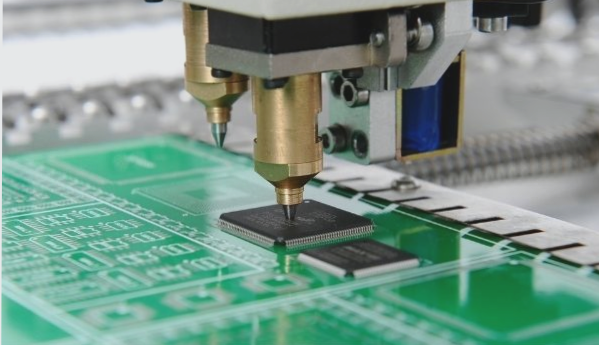1. After the surface mount component is soldered into place during the reflow soldering process, the PCBA is not yet complete; the assembled circuit board requires functional testing. Generally, any movement during reflow can lead to poor connection quality or even a complete lack of connection. Additionally, shorts are a frequent byproduct of this process, as misaligned components can inadvertently link circuit parts that should remain isolated.
2. Identifying these errors and misalignments may utilize various inspection methods. The most prevalent inspection techniques include:
3. Manual inspection: While automation and smart manufacturing are on the rise, manual inspection remains essential during the PCB assembly process. For smaller production runs, on-site visual checks by the designer effectively ensure the quality of the PCB post-reflow soldering. However, as the volume of inspection boards increases, this method becomes less feasible and less accurate. Prolonged observation of these tiny components for over an hour can result in optical fatigue, which may compromise inspection accuracy.
—
Let me know if you need any more adjustments!

1. **Automatic optical inspection:** Automatic optical inspection is ideally suited for large-scale PCBA inspection. These AOI machines utilize a series of high-resolution cameras to “visualize” the PCB. The cameras are positioned at various angles to observe the soldered connections. Variations in quality of solder joints reflect light differently, enabling the AOI to identify subpar solder. This process is executed at remarkable speed, allowing for the rapid assessment of numerous PCBs in a short timeframe.
2. **X-ray inspection:** Another method of inspection utilizes X-rays, which are less commonly employed but particularly effective for intricate or multilayer PCBs. X-rays enable the inspection of inner layers, providing a view of any hidden issues that may arise.
3. **Defective board handling:** The fate of defective boards is determined by PCBA standards; they may be returned for cleaning, reprocessing, or scrapping. If errors are detected, the next phase involves testing the components to ensure they function as intended. This includes evaluating the quality of PCB connections, with boards requiring programming or calibration necessitating additional testing steps.
4. **Regular inspection:** This type of inspection can be performed routinely after the reflow process to detect potential issues. Regular inspections help ensure that errors are identified and rectified swiftly, thereby assisting manufacturers and designers in conserving time, labor, and materials.
5. **Through-hole component insertion:** Depending on the circuit board type in PCBA, various components may be present beyond conventional SMDs, including plated through-hole (PTH) components.
6. **Plated through-holes:** A plated through-hole is a hole in the PCB that is consistently plated. These holes facilitate signal transmission from one side of the board to the other. In this instance, solder paste is ineffective, as it passes directly through the hole without adhering.
7. **PTH soldering techniques:** PTH components necessitate more specialized soldering methods rather than relying on solder paste during the assembly process.
8. **Manual soldering:** Manual through-hole insertion is a straightforward process. Typically, one person is assigned to insert components into designated PTHs. Upon completion, the circuit board moves to the next station for further component insertion. This cycle continues, potentially lengthening the process based on the number of PTH components to be inserted. Consequently, many companies tend to avoid using PTH components in their designs, though they remain prevalent in PCB design.
9. **Wave soldering:** Wave soldering automates the manual soldering process but involves a distinctly different approach. After placing the PTH assembly, the board is transferred to another conveyor belt, which leads through a specialized oven where a stream of molten solder washes over the bottom of the circuit board. This technique efficiently solders all pins on the board’s underside. However, it is nearly impossible to apply this method to double-sided PCBs, as soldering the entire surface renders sophisticated electronic components unusable.
10. **Post-soldering inspection:** Once the soldering process is finished, the PCB may proceed to final inspection, or, if additional components are needed on the opposite side, it can complete the front assembly first.




